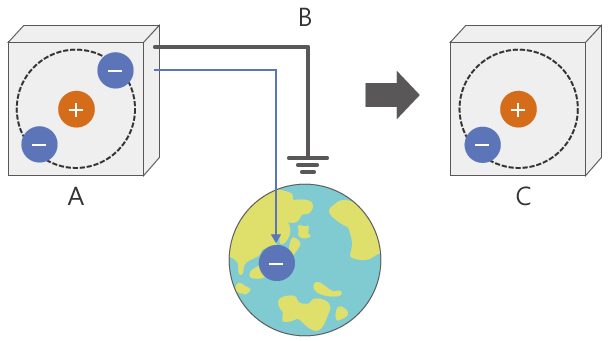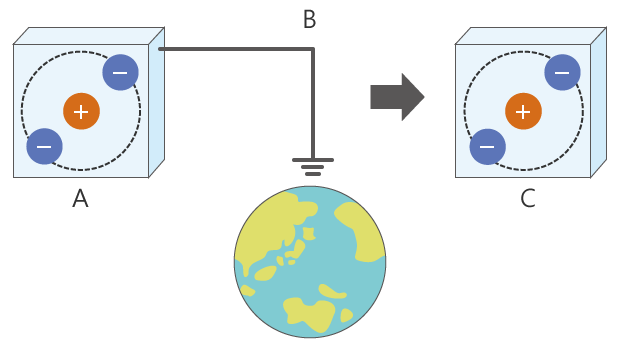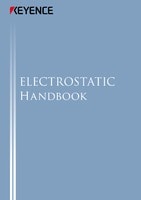Relation between Static Electricity and Grounding
The level of static electricity depends on the material as explained in the previous section about triboelectric series. Static electricity can occur in anything. What happens when static electricity occurs varies with the characteristics of the charged object. This relates to how easily that material allows electricity to flow through it.
Around us are objects that allow electricity to pass easily and others that don’t.
What kind of things allow electricity to pass easily? Metal may come to mind. Metals, including steel, copper, and aluminium, allow electricity to flow through them easily.
Then, what kind of things don’t or barely pass electricity? Plastic and rubber are typical examples.
How well an object passes electricity depends on what it is made of. This section explains electrical conductivity and static electricity.
Conductors and Insulators
Any object that easily passes electricity, such as metal, is called a conductor. On the other hand, anything that does not allow easy flow of electricity is called an insulator. As mentioned, steel and copper are typical conductors, and plastic and rubber are typical insulators.
As explained elsewhere, static electricity is generated when two objects collide with each other. This applies whether the objects are conductors or insulators. However, the nature of the static electricity that is generated differs between conductors and insulators as explained below.
Static electricity in conductors
Let’s say a conductor is electrostatically charged. It will stay charged as long as it is left alone. A conductor can immediately return to a non-charged state by grounding.
Grounding means to connect the conductor to the ground (earth) or a device that is connected to the ground (earth). The earth is an enormous, electrically stable conductor. Connecting another conductor to the earth creates an electrical route.
For example, if you connect a positively charged object to the ground, negative charge is supplied to the object from the earth through the grounding. If you connect a negatively charged object to the ground, the negative charge buildup in the object escapes to the earth through the grounding.
Objects become electrically stable with no charge when they are connected to the ground.

- A: Negatively charged conductor
- B: Electricity flows when conductor is connected to ground
- C: Charge is lost
You may have seen home appliances such as a washing machine or refrigerator being wired with a ground wire. This is to release any accumulated static charge to the earth so as to maintain an electrically stable state.
Taking a washing machine as an example, if the motor starts having problems, electricity might escape to the main body of the washing machine. The released electricity tries to keep flowing elsewhere. When someone touches where this electricity is flowing, the current will pass through their body. Then this person feels an electric shock. To prevent electric shocks, washing machines and refrigerators are connected to the ground to ensure that any leaking current escapes to the earth.
As long as conductors are connected to the ground, any generated static charge can quickly be released through the ground wire, which prevents electrostatic buildup. If a conductor is not connected to the ground, the electrostatic charge doesn’t have a route to escape and stays in the conductor.
Static electricity in insulators
When insulators are electrostatically charged, they behave differently from conductors. Since insulators do not allow electricity to pass easily, connecting them to the ground does not allow electrostatic buildup to escape.

- A: Negatively charged insulator
- B: Electricity does not flow when insulator is connected to ground
- C: Charge is not lost
How to eliminate static charge from insulators is explained in the next chapter: Types of Static Electricity Countermeasures.






